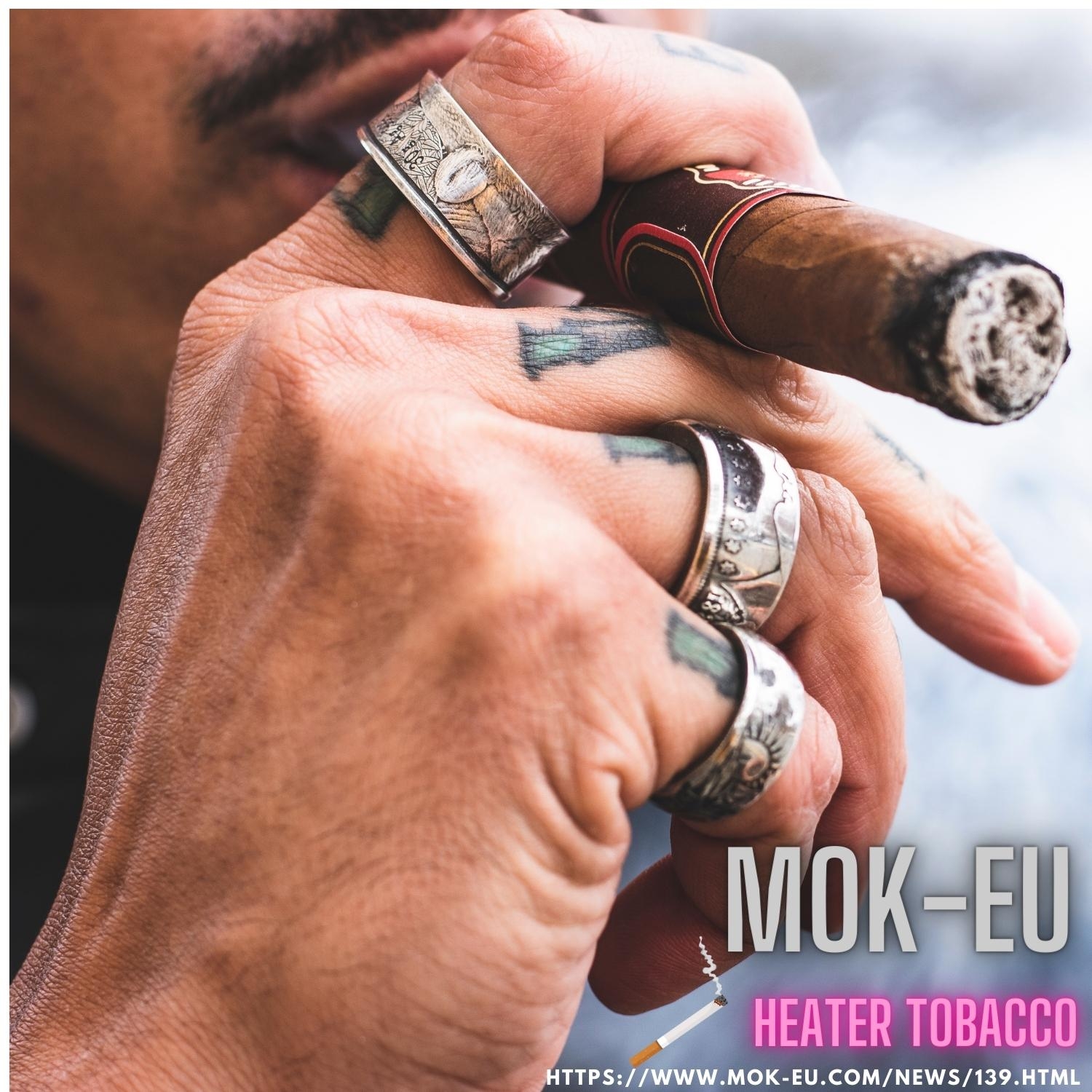Heated tobacco, often referred to as heat-not-burn (HNB) technology, represents a relatively new approach to consuming nicotine and tobacco products. It differs significantly from traditional smoking and vaping in its method of nicotine delivery and potential health effects.
Heated tobacco devices are designed to heat tobacco at a lower temperature than combustion, typically around 350°C (662°F), without causing it to burn. This process releases a flavorful aerosol that contains nicotine, but it minimizes the harmful byproducts generated by combustion. In contrast, traditional smoking involves burning tobacco at temperatures exceeding 800°C (1472°F), which produces a range of harmful chemicals, including tar and carbon monoxide, responsible for numerous health problems.
Vaping, on the other hand, involves the use of electronic cigarettes (e-cigarettes) that heat a liquid (e-liquid or vape juice) containing nicotine. This liquid is vaporized and inhaled by the user. While vaping is generally considered less harmful than traditional smoking because it lacks combustion, it is not entirely risk-free. Vaping is associated with its own set of potential health concerns, including lung issues, though these risks appear to be substantially lower than those associated with traditional smoking.
Heated tobacco products aim to strike a balance between providing a smoking-like experience for users, including the ritual of inhaling and exhaling, while reducing exposure to harmful chemicals. However, it's important to note that they are not risk-free. Research into the long-term health effects of heated tobacco is ongoing, and it's crucial for users to be aware of the potential risks and for regulatory agencies to monitor and regulate these products to ensure they are as safe as possible.
In summary,Heated tobacco represents a novel approach to nicotine consumption that stands between traditional smoking and vaping in terms of potential harm. While it may offer a less harmful alternative to smoking, its safety profile is still a subject of ongoing scientific investigation and debate.
For more information visit mok-eu.


